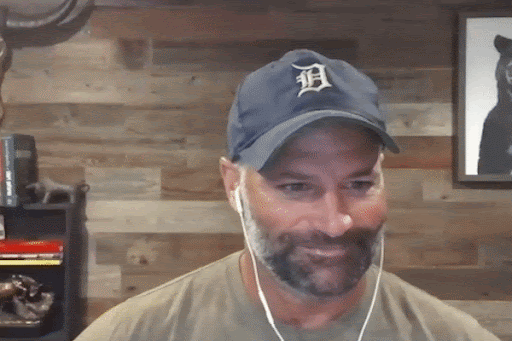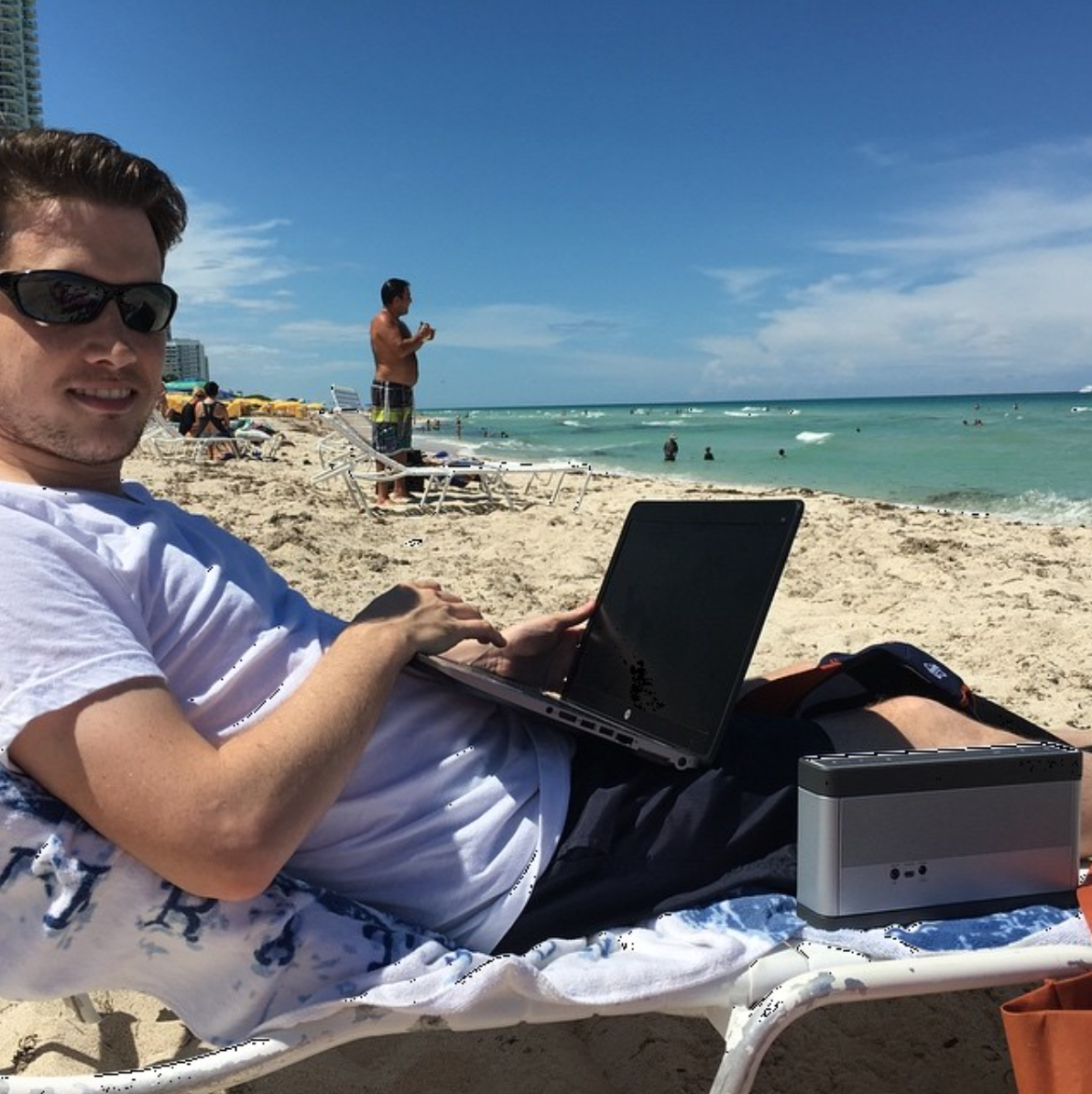Happy Friday, Evolvers!
We’re closing out a relatively uneventful shortened week in the stock market.
I didn’t make any trades, just analyzed the price action and kept tabs on my watchlist.
As I’ve mentioned before, sometimes no trade = best trade!
And this was one of those weeks for me…
However, I got a ton of questions from students on a variety of different topics.
So, let’s get to our Friday Q&A. Keep reading and I’ll answer your questions…
“What is the difference between buying and selling a put? I understand buying puts, but I don’t quite get the goal of selling options…”
First, let me say that I never sell options. Unless you own 100+ shares of the underlying stock, making your option sales “covered,” you take on unlimited risk by selling options contracts.
This is why I stick to buying options. But even if you aren’t going to sell options, it’s important to understand how the transactions work.
Let’s break it down…
Buying a Put Contract (Long Put)
When you buy a put, you have the right but not the obligation to sell the underlying asset at a specified price (strike price) within a specific period (until expiration).
NOTE: Much of the time, options aren’t held until expiration. They’re “traded” away long before the expiration date.
You only buy the puts because you expect the price of the underlying asset to decrease. By owning a put option, you profit from a potential decline in the stock’s value.
Now, the nice thing about buying options is that your risk is limited to the premium paid for the put contract…
If you buy $500 in put contracts and the stock blasts off to the upside, the most you can lose is $500.
But if the underlying asset’s price falls below the strike price before expiration, the buyer can exercise the option and or sell the contracts at the higher strike price, thereby making a profit.
These are my dream trades. Buying put contracts is the backbone of my trading strategy.
Selling a Put Contract (Short Put)
Now, let’s talk about the other side of options trading…
When you sell a put contract, you take on the obligation to buy the underlying asset at the specified price (strike price) if the buyer exercises their right to sell.
Put-sellers generally anticipate that the price of the underlying stock will either remain stable or rise. If they’re right, they get paid the premium from the contracts sold.
WARNING: The strategy of selling options theoretically has a higher probability of success than buying, but the risk is enormous…
If the price of the underlying asset falls below the strike price and the buyer exercises the option, the seller must buy the asset at the higher strike price, resulting in a loss.
The potential profit for the seller is limited to the premium received from selling the option, but the loss can be any amount all the way down to $0 on a put option (or infinite loss on a call option).
This is why I don’t sell options. While the odds of success may be slightly higher than buying options, the risk/reward is terrible.
“What makes a ‘key price level?’ I always hear you talking about this but can’t figure out what separates the importance of one level from another.”
You’re right … I regularly talk about the importance of key price levels. And for a good reason…
Key price levels have helped me more than any other technical indicator throughout my trading career.
But let’s drill down further. I want to help you identify these levels on your own.
So, the first thing I do is look for levels of support and resistance.
How can you see these levels? It’s pretty simple with a bit of experience…
If a stock regularly bounces (bullish) at a certain price on the way down — that’s support.
If a stock gets continually rejected (bearish) at a certain price on the way up — that’s resistance.
When you see a stock reach the same level over and over again, it’s time to mark that price and pay attention.
Additionally, after 10+ years of experience in the stock market, I’ve noticed another consistent trend around key price levels …
They tend to correspond with big round numbers.
Traders have a psychological sensitivity to round numbers like $10, $50, $100, $500, etc.
These are also standard levels for traders to set limit orders, potentially causing a cascade of buying (or selling) when the stock ticks that level.
Time and time again, you’ll see stocks bounce (or fail) near these critical levels.
This isn’t a coincidence — it’s psychological and technical resistance.
Bottom line: Start looking for support and resistance near big round numbers. If you can get a grasp of how to identify these key price levels, you’ll give yourself a superpower in the stock market.
Final Thoughts
Have a great weekend, Evolvers!
Keep practicing identifying key levels, study your charts, and form a solid game plan for next week.
I’ll talk to you on Monday!


